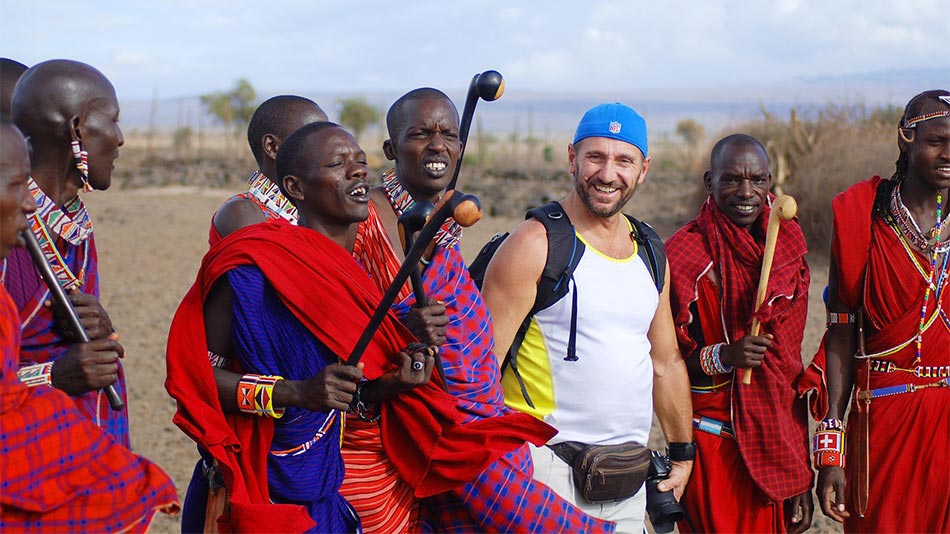The Maasai have become the iconic face of Africa in recent decades, thanks to popular culture and mass tourism. Their image is displayed in brochures, magazines, and on billboards around the world. Despite their fame, the Maasai are fast losing their material culture and profound knowledge of livestock, environment and wildlife. The traditional rites of passage that pass Maasai cultural values and knowledge from one generation to another are waning. The passing of traditional elders, a lack of documentation and rapid modernization are obliterating Maasai traditions and knowledge. Spurred by a burgeoning tourist market, non-Maasai vendors are pirating and eroding traditional crafts at the expense of Maasai artisans and communities.

The survival of Kenya’s wildlife and the tourism that goes along with it are also inextricably tied to Maasai culture. The Maasai have coexisted with wildlife for centuries. Their traditional way of moving with their livestock prevents land degradation and permanent settlements providing a landscape in which both people and wildlife can thrive.
With their culture at a crossroads and their traditions disappearing, there is an urgent need to support the Maasai in their efforts to preserve their heritage. The South Rift Association of Land Owners (SORALO a Maasai land owner group) and the African Conservation Centre in partnership with the African Conservation Fund (now ACC-US), the Smithsonian Institution and the National Museums of Kenya launched the Maasai Heritage Program in 2012 to meet this need.
The Heritage Program mobilizes communities in Kenya to revive and celebrate their common heritage through annual cultural festivals, a cultural heritage centre and museum, cultural exchanges and the development of cultural tourism that brings benefits to the genuine custodians of their culture.




 We support individuals by; providing placements, assisting with information and travel or other insurance products, hosting pre-departure preparation, supporting individuals and families whilst overseas with us and on their return.
We support individuals by; providing placements, assisting with information and travel or other insurance products, hosting pre-departure preparation, supporting individuals and families whilst overseas with us and on their return. UniversalGiving™ is an award-winning website that helps people give and volunteer with the top-performing projects all over the world. All projects are vetted through UniversalGiving's trademarked, proprietary Quality Model.™ 100% of each donation goes directly to the cause.
UniversalGiving™ is an award-winning website that helps people give and volunteer with the top-performing projects all over the world. All projects are vetted through UniversalGiving's trademarked, proprietary Quality Model.™ 100% of each donation goes directly to the cause.